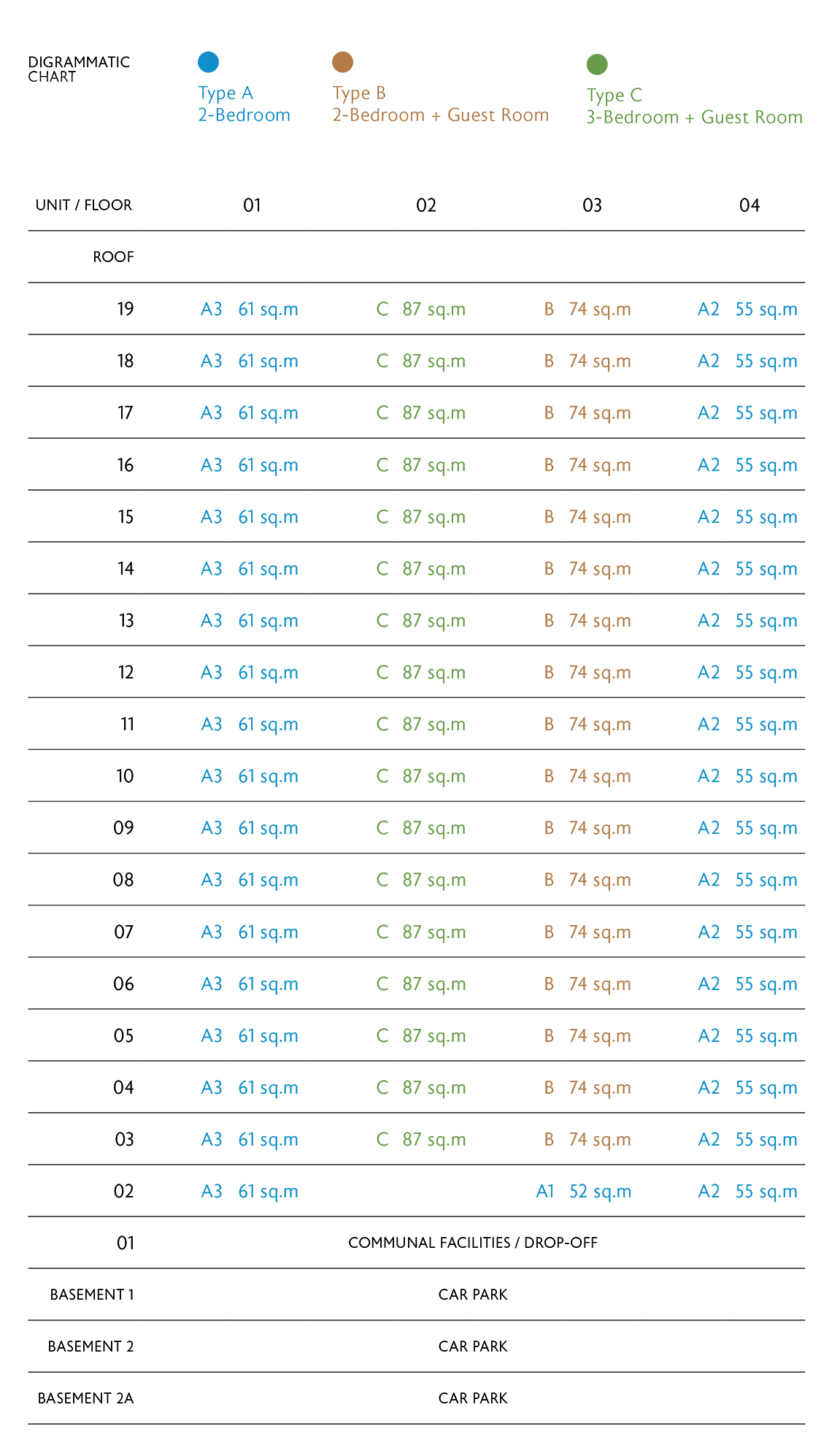
PMI Property Management provides full-service property management services. The company provides professional services such as property management, tenant relations and collections, and effective advertising and marketing strategies. PMI enjoys an outstanding reputation as one of America's top property management firms.
Private Mortgage Insurance protects the lender in the event that the borrower defaults on the loan. It depends on which type of loan you have. The monthly payment will vary. It will generally cost between 0.1% and 2% of your total loan amount. If you can't afford this extra fee, you may want to consider a loan with a lower interest rate or another option that is less costly than a conventional mortgage with PMI.
A down payment of 20% or less is a good way to avoid PMI. This amount is determined based upon the current market value. A down payment builds equity. Equity will increase as home prices rise. If you own at least 20% equity in your home, you can request the cancellation or modification of your PMI coverage.

The Internal Revenue Service lets you deduct your PMI payments from your taxes. But there are some limits to this deduction. It has been rescinded by the IRS for 2022. You still can get a tax deduction if your annual PMI is less than ten percent of your adjusted net income.
It is possible to be financially risky by buying a house with a low down payment. You may end up owing more on your home than its market value. The monthly payments you make could be higher than the monthly mortgage payment. Most lenders require private mortgage insurance. It protects you from defaulting on the loan.
Piggybacking, which is an alternative for PMI, can be used. Piggybacking is a way to split your loan into an 80/10/10. The first loan is for 80% of the property's total value, and the second loan pays 10%.
An alternative to PMI is a single premium policy. Single-premium insurance policies are due in full at the closing. If you pay the loan in full, you can bundle your insurance costs into one single payment.

In general, the higher the interest rate you pay, the smaller the down payment you make on a house. You can get a low-interest rate loan by taking advantage of several down payment assistance programs. These programs include grants, federal and state programs, as well as lender-offered loans. Ask your bank or lender if they can help you determine if this program is right for you.
A home purchase with a high downpayment is a great opportunity to start building equity. However, it's important to keep in mind that you won't have as much to show for your down payment if you refinance your home after a couple years. Also, if the value of your home falls, you might find it harder to refinance.
FAQ
Can a handyman fix my leaky faucets?
Although a handyman may be able to handle minor repairs, he will not have the necessary training to tackle major projects such as wiring a house or installing custom cabinets. There are many things a handyman could do for minor home improvements.
Do handyman services cost less than general contractors?
Yes! Yes! This is especially true when you've never had a contractor complete a task before. In addition, a handyman can help speed up the completion of a project because they generally have expertise in completing certain tasks faster and more efficiently.
Which is easier: contracting or being a handyman?
Handyman work requires less resources than contracting because you only need your own tools. Contractors rely on subcontractors to complete most of the work. You must manage your own schedule and workload.
Are handymen insured?
Yes! Yes. Many insurance companies cover liability claims that exceed $1 million for bodily injuries and property damage. Your insurance company will usually compensate you for any damages that occur during the project.
What happens if a handyman causes harm and I'm not satisfied with his work?
Notify your contractor immediately if there is a problem with the project. It is a good idea to keep a detailed log and include photographs. Call your insurance company, and make a claim.
Statistics
- Mila keeps a commission of 20% for each completed service performed by Friends and charges various service fees regarding work done by Pros. (appjobs.com)
- An estimate was that in 2003, the market for home maintenance and repair spending was up 14% 2001 to 2003. (en.wikipedia.org)
- More than 20% of homes in America have outdoor living spaces, including decks and patios. (mrhandyman.com)
- A franchise was approximately $110,000 with a franchise fee of $14,900, according to a spokesperson for a national handyman franchise. (en.wikipedia.org)
- With a strong housing market, the handyman and general maintenance worker industry are expected to grow by nearly 10% in the next decade. (housecallpro.com)
External Links
How To
How to Replacing a Broken Tile
Step 1 – Remove the tiles.
Take out the tiles and place them on a new flooring surface. If you intend to use them, you will want to keep them intact. If they're damaged or missing pieces, note which ones they were so you don't run into problems finding replacements.
Step 2 - Select New Tiles
Look at these different options for replacing tiles.
-
You can find a tile replacement that is similar to the one you have just removed.
-
To find the matching piece, use the measurements that you took while removing the tile. This will make it much easier to find the right size without measuring again.
-
Be open to different colors, patterns or textures.
-
Consider what grout you'd like to use (if any). Some people prefer a certain color, others like to mix it up.
-
Be sure to select a tile that is resistant against moisture.
-
Also, think about where you want to place your new tile. This will help you save time and money.
-
After you've selected your tile, place your order online or at your local Lowe's shop.
Step 3 – Install the new tiles.
To install your tiles, follow the same procedure as before. It's important to align them correctly in order for them to fit together.
Step 4 -- Clean Up
Make sure to clean up all debris and other materials before applying the final layer of protection material.
This will prevent dirt and dust from settling into the cracks between the tiles that could cause mold.
Step 5 - Sand the Floor
After everything has been cleaned, sand it down to remove any remaining particles from the previous steps.
Step 6 -- Finish Off
Once the floor has been completely smoothed, apply the protective coatings on the tiles. It's important to wait until this point because wet paint can stain the surface of the new tiles.
You can always use a "damp and dry" product on your floors to protect them from staining.
But it won't address every issue that might arise after installing your new tiles. You might want to add an anti-slip coating to the protective layer if there are a lot of children.
Remember to let the protective sealer remain on for several additional weeks before you move into your home.